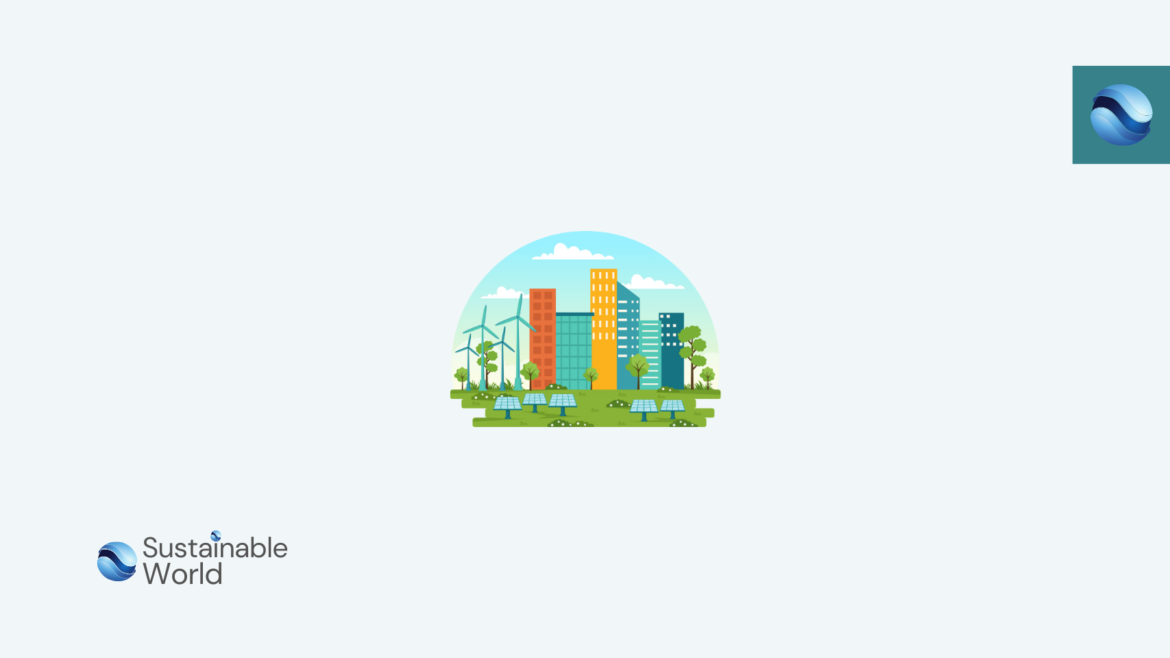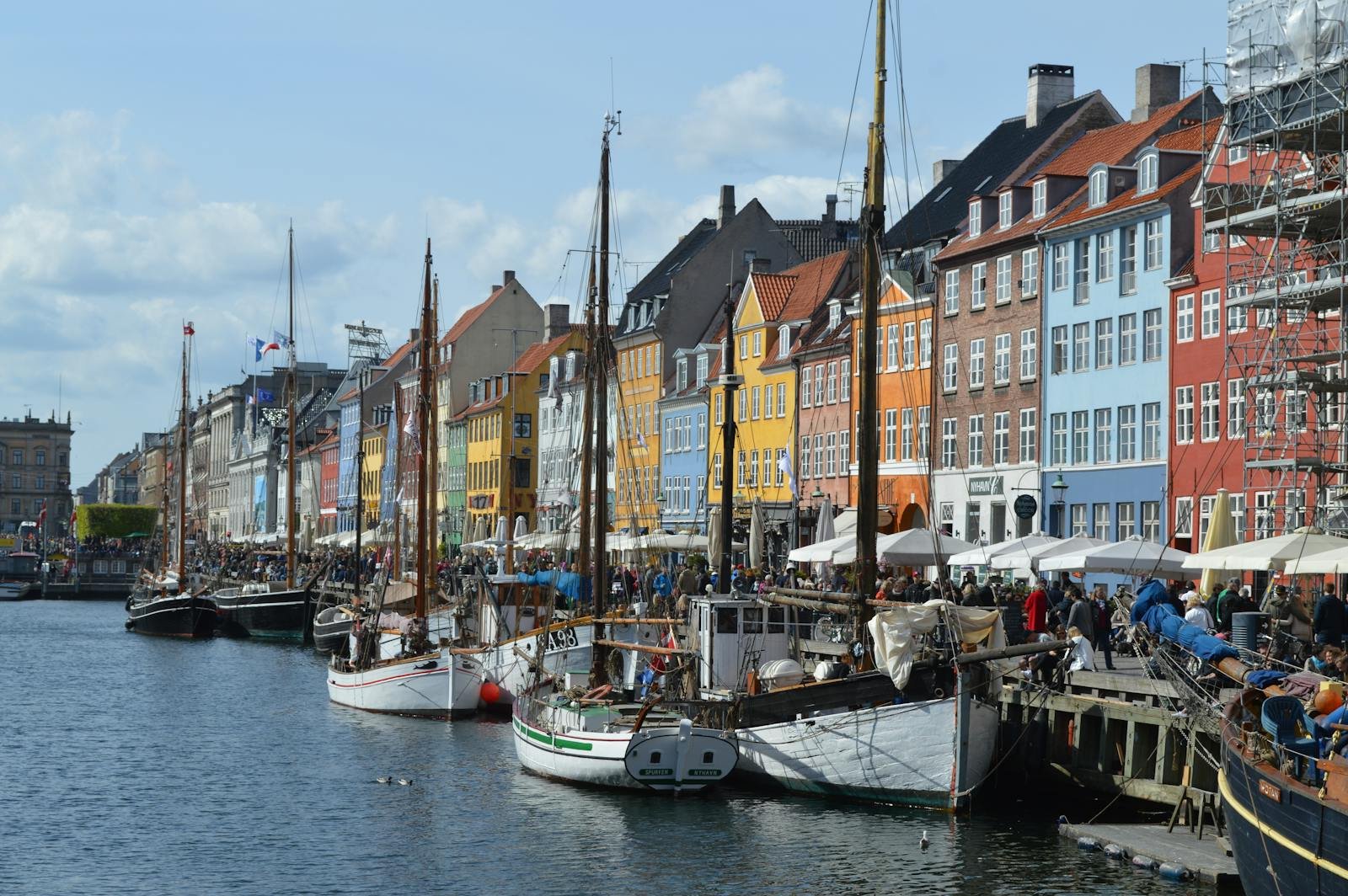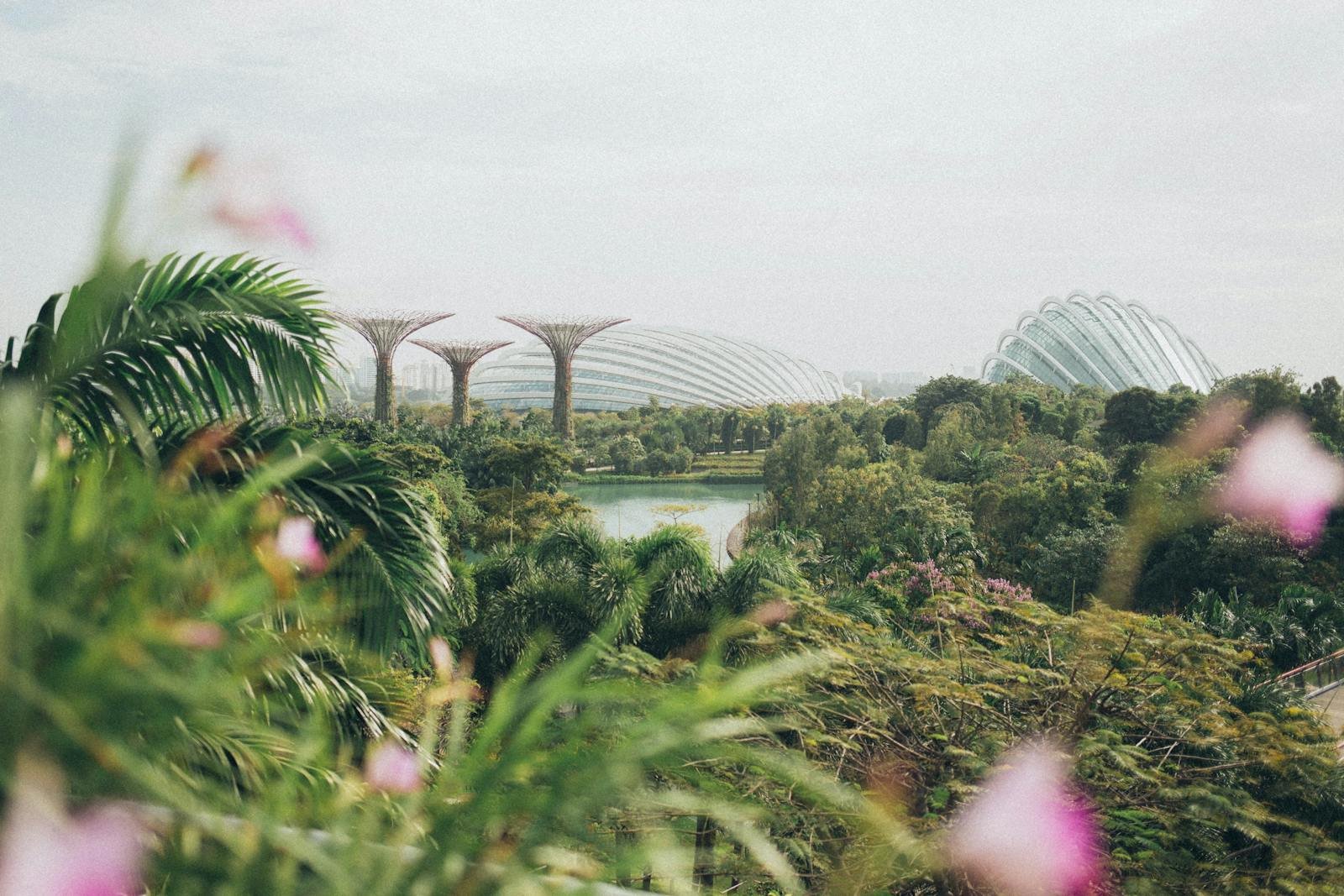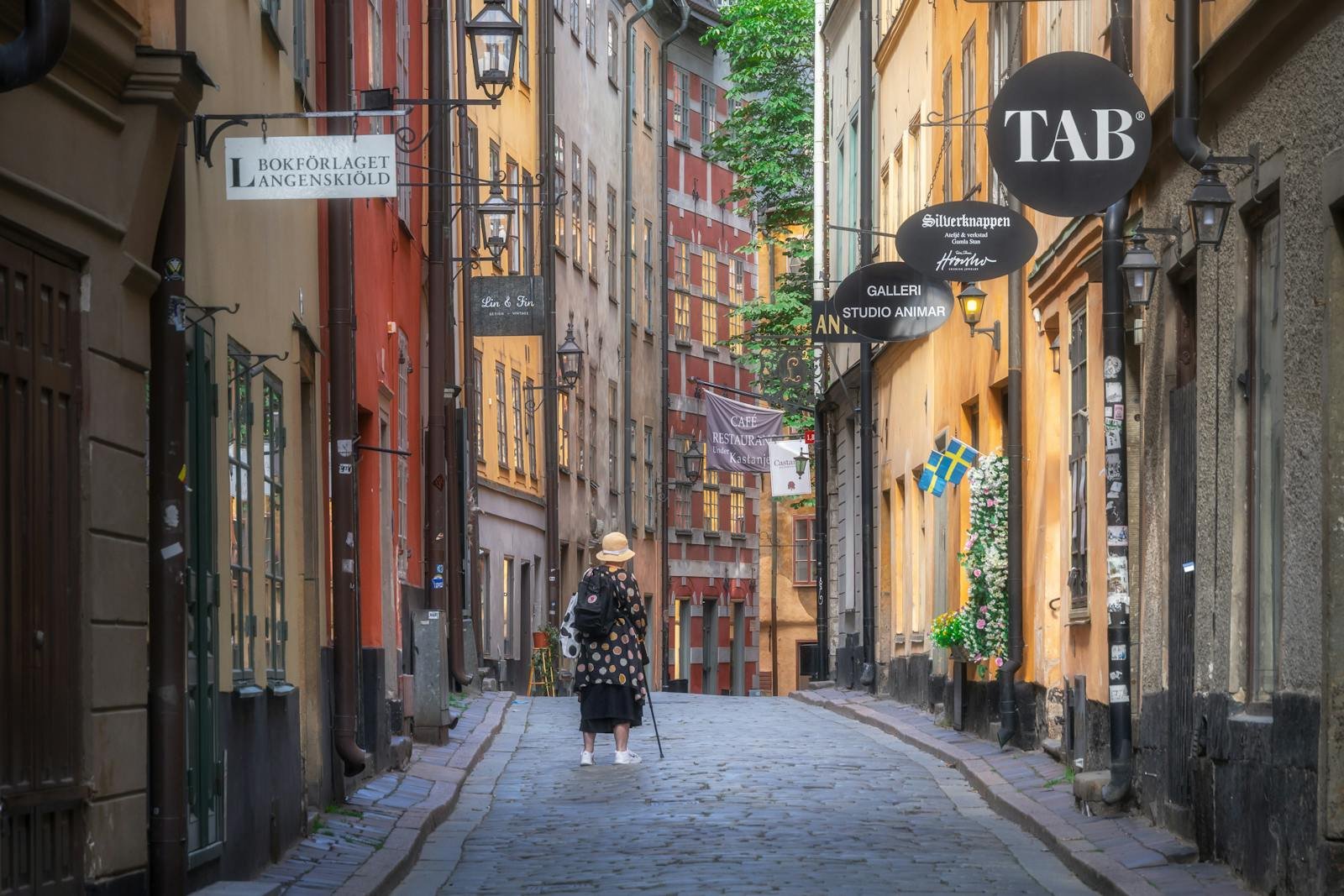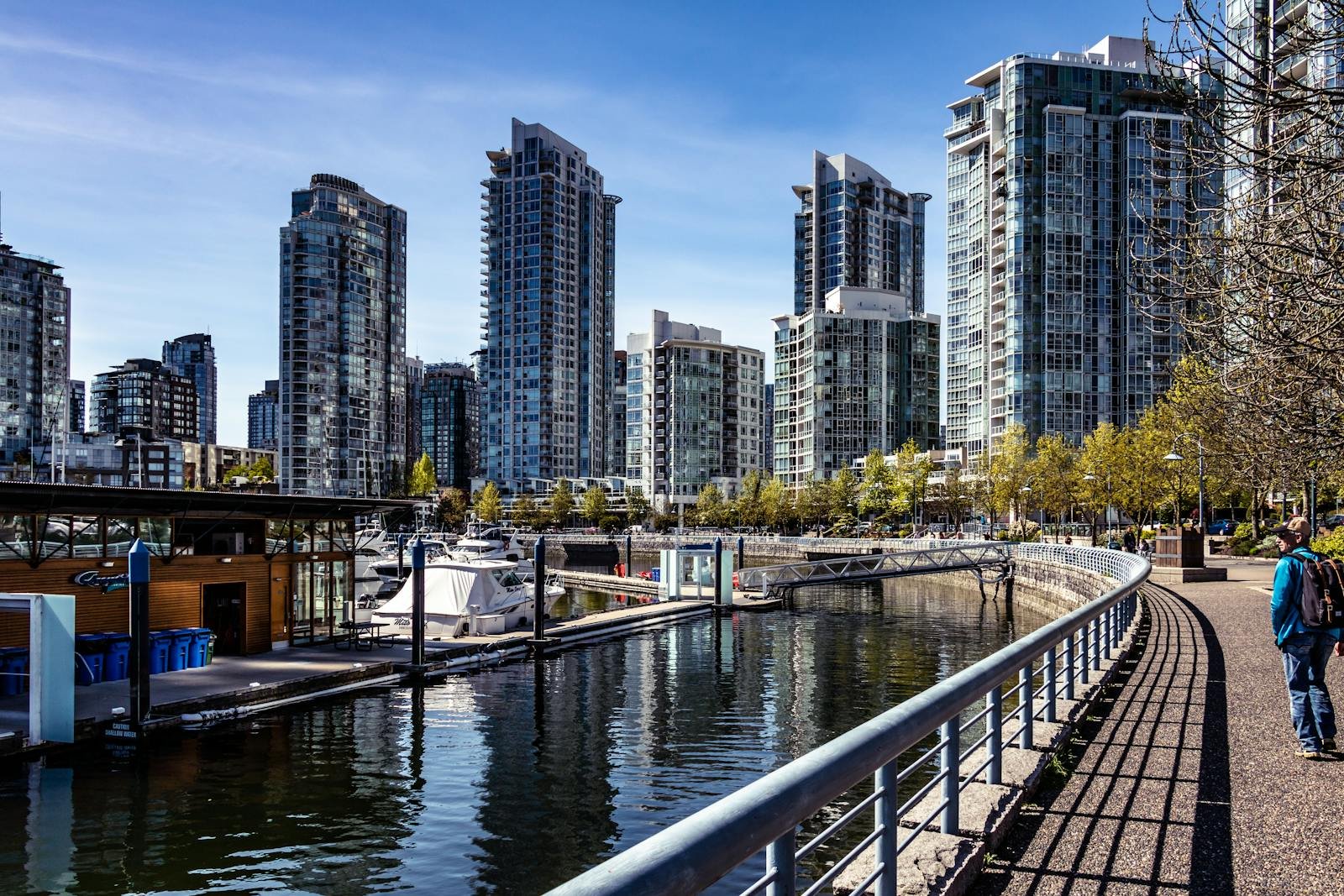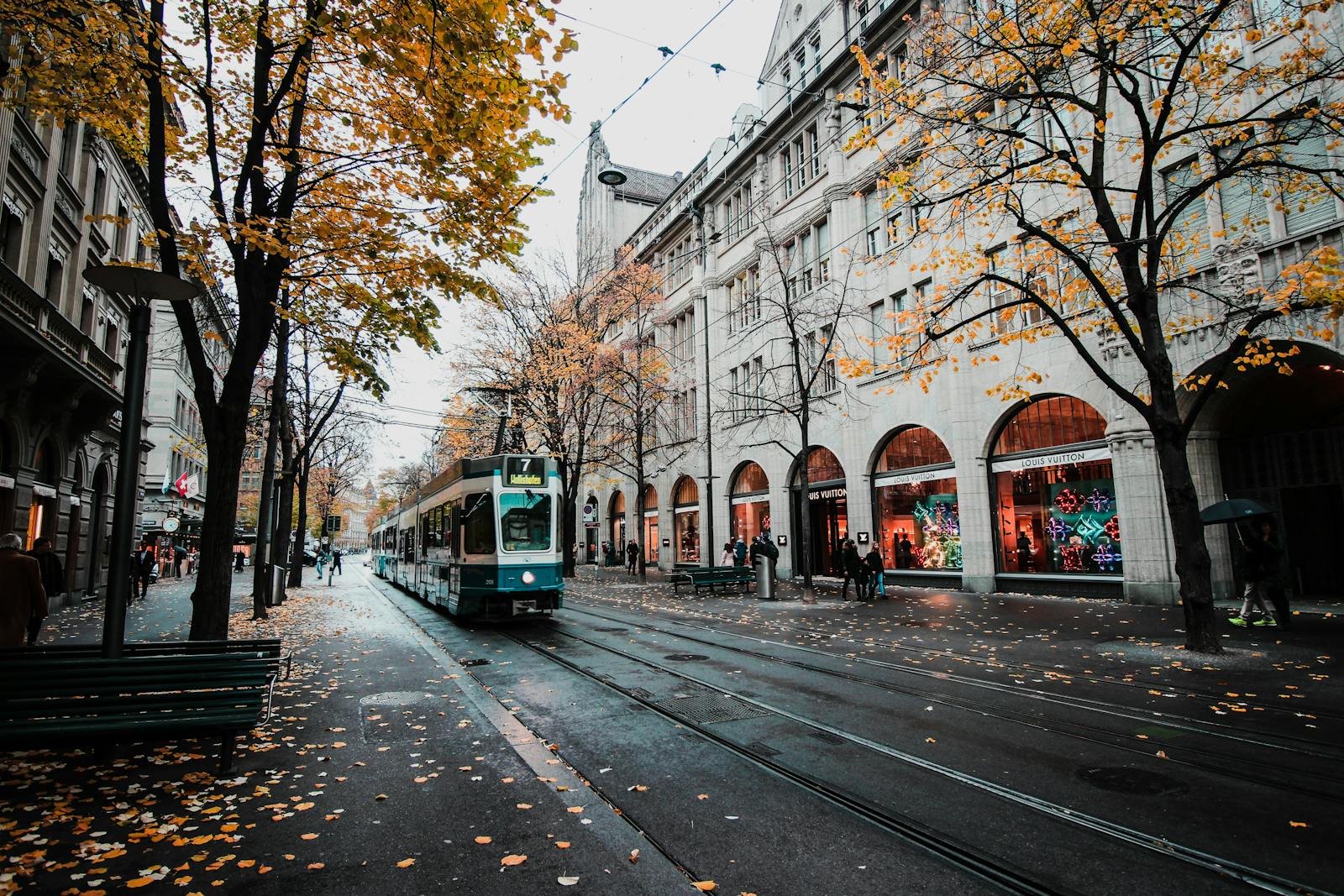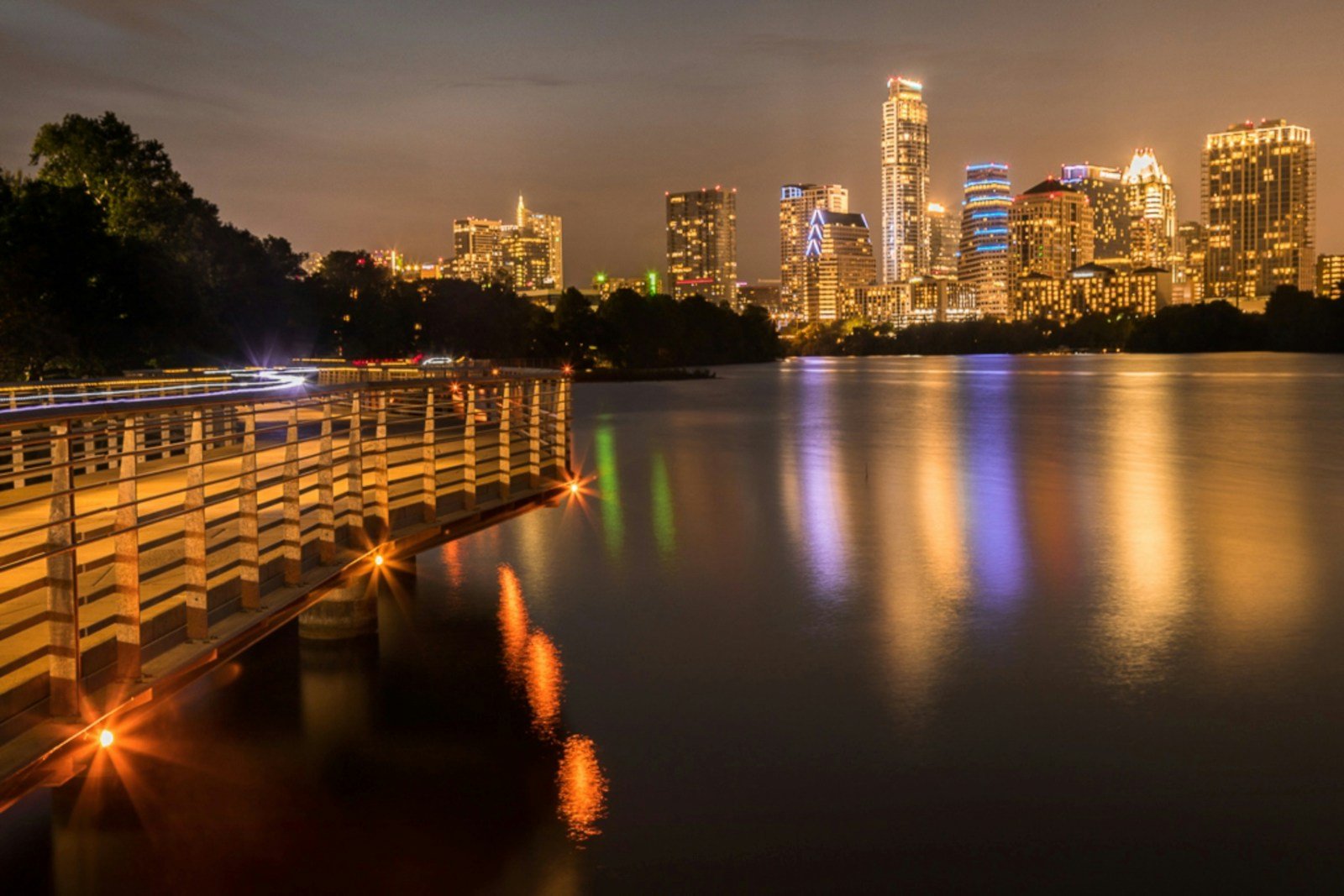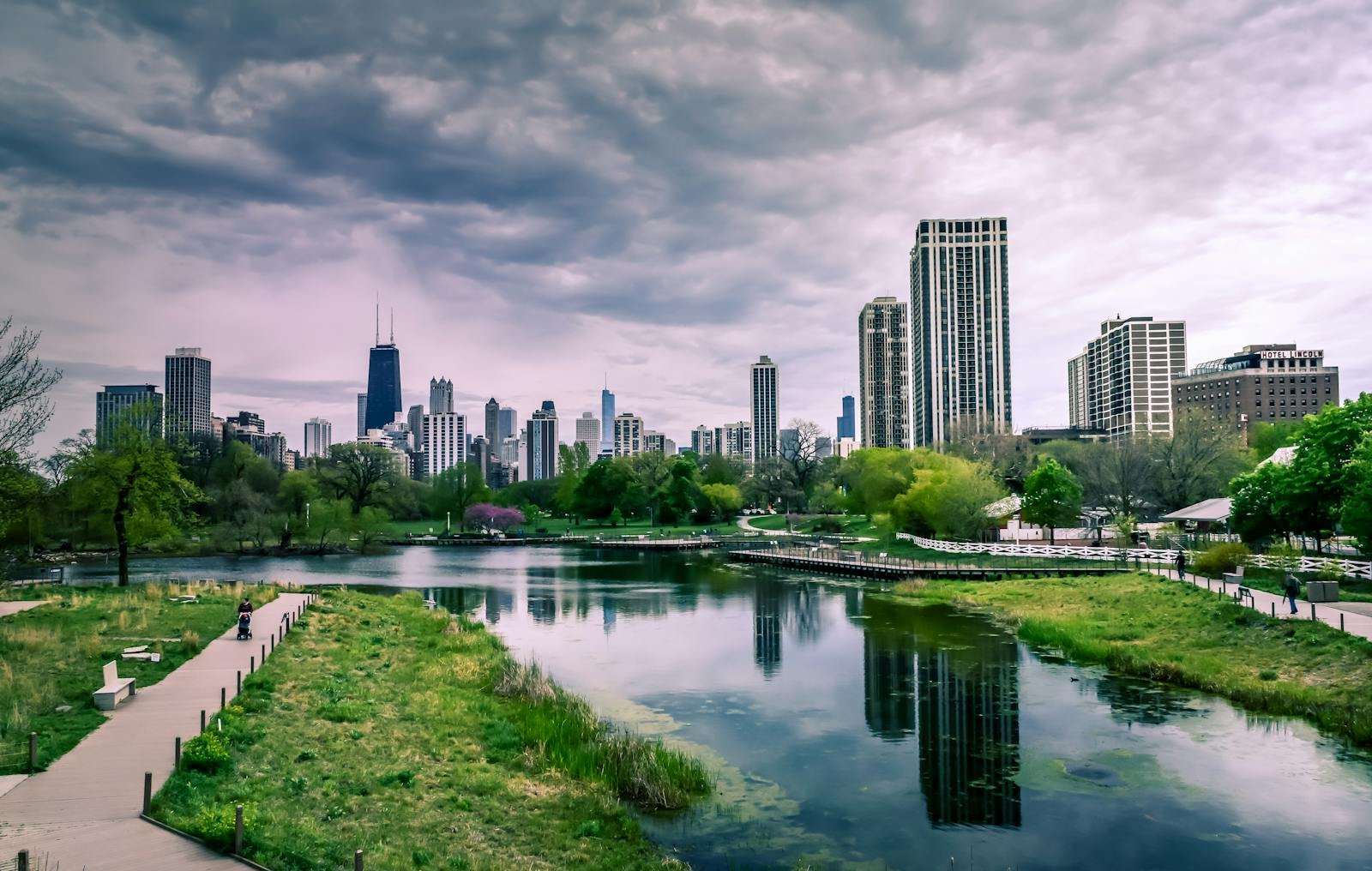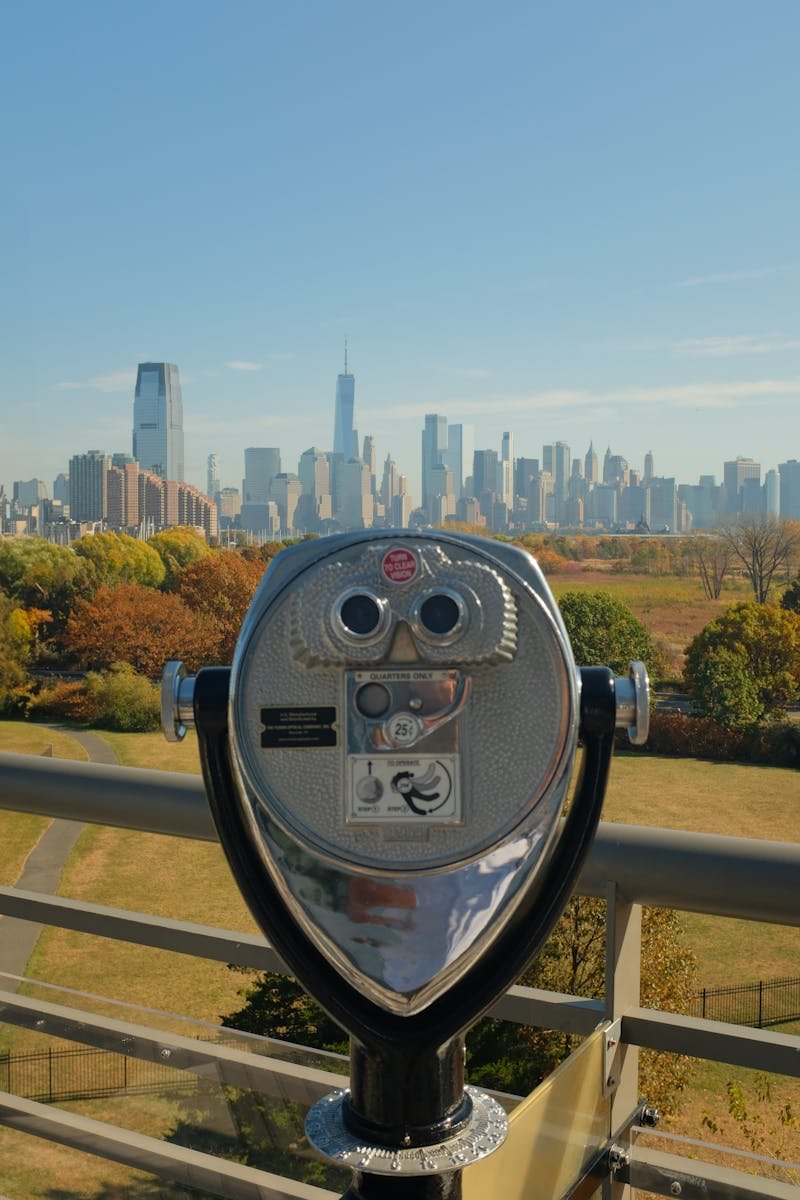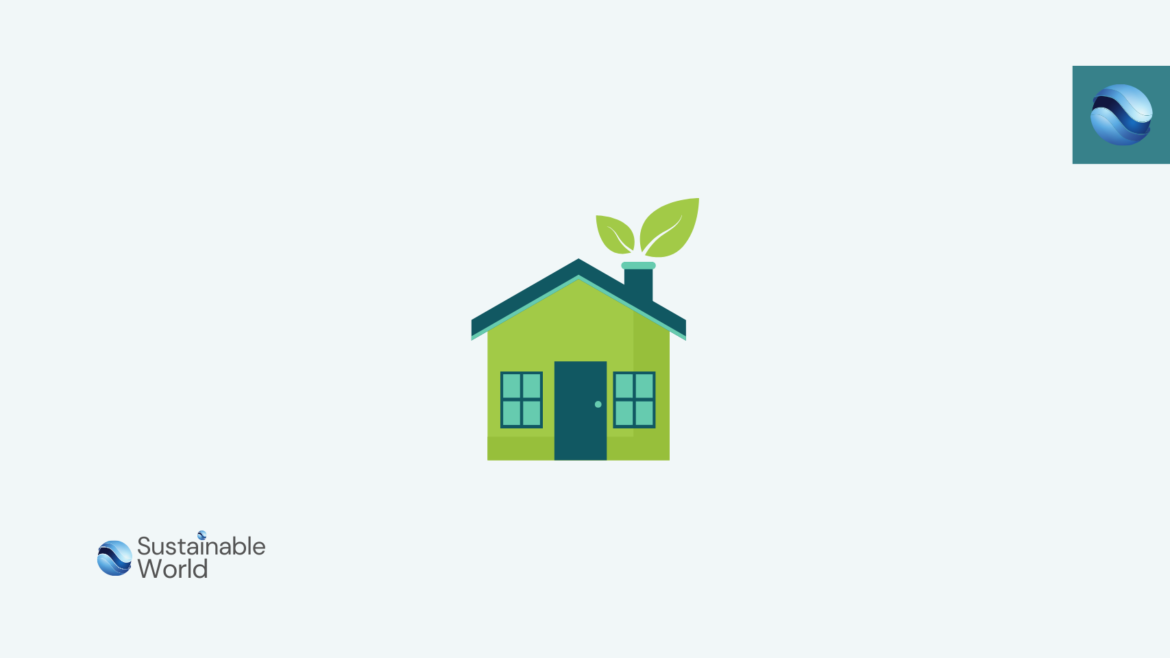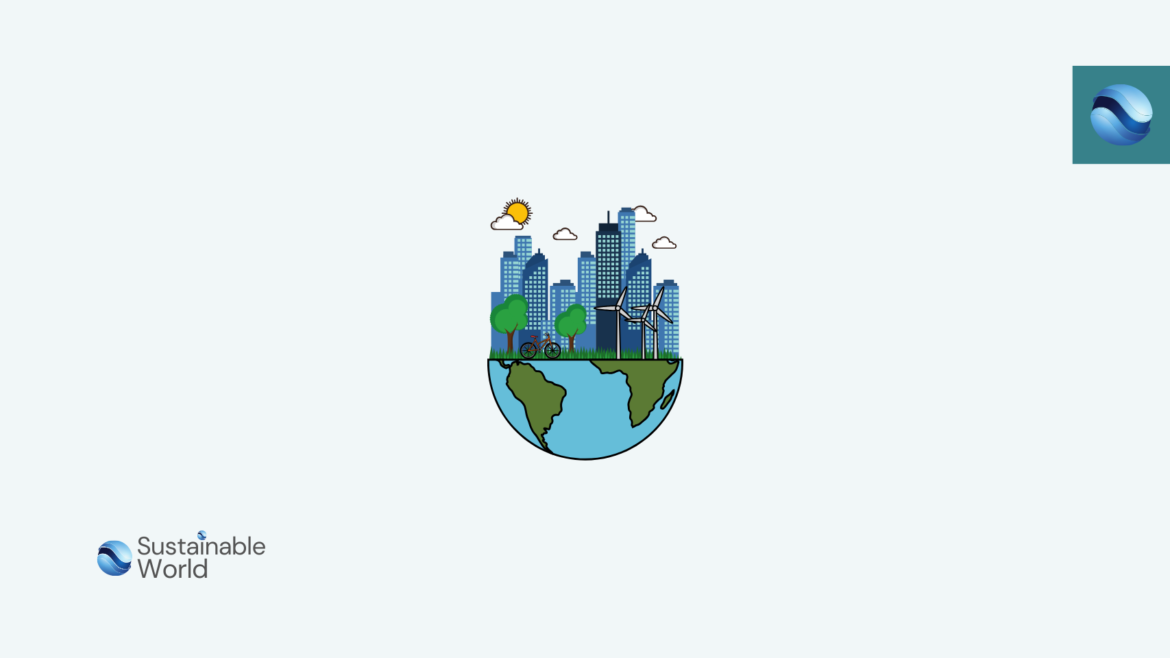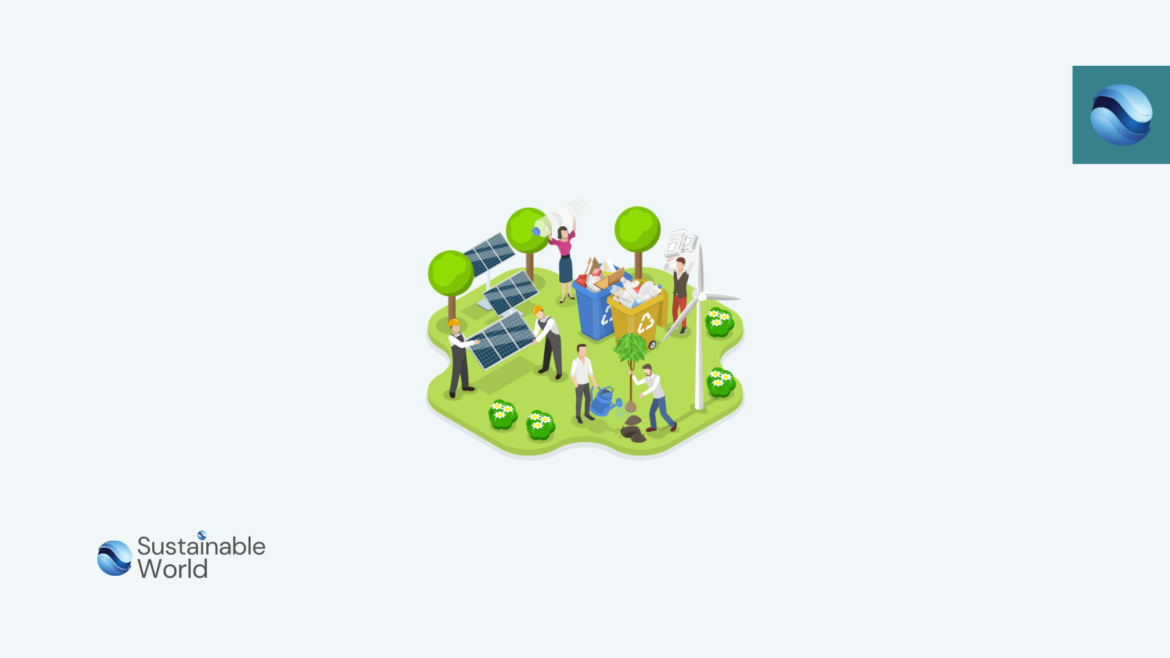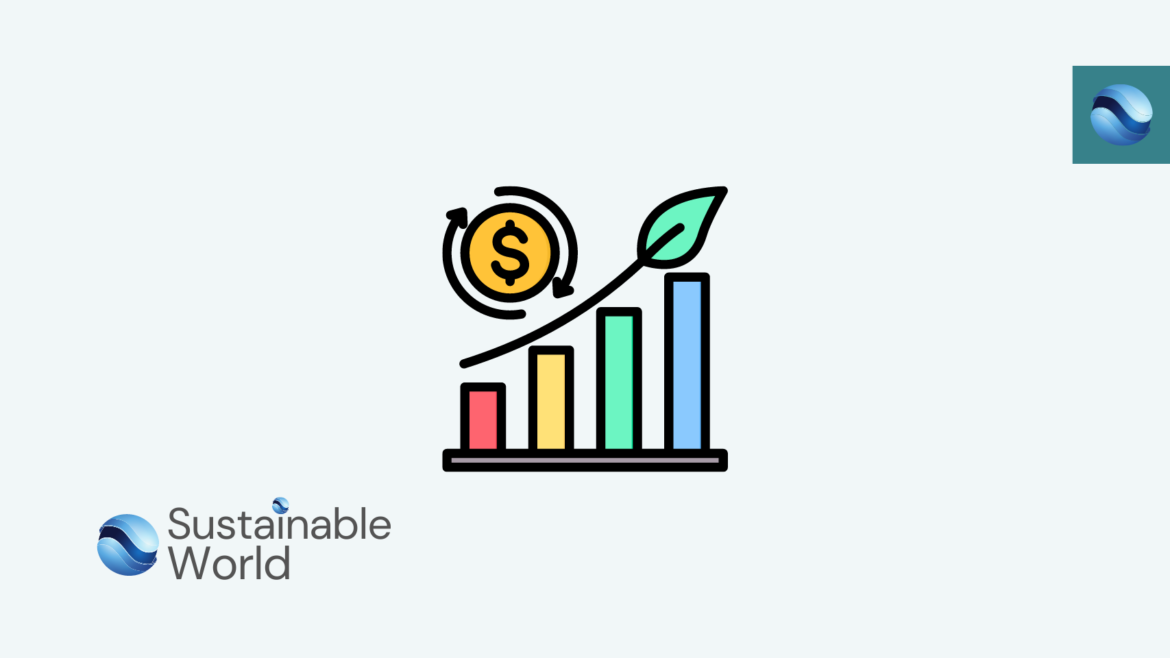10 Most Sustainable Cities in the World in 2025
As the world strives to combat climate change and adopt eco-friendly practices, certain cities shine as global leaders in sustainability. From urban farming to innovative energy solutions, these cities exemplify a harmonious balance between modern living and environmental stewardship.
Let’s explore the 10 Most Sustainable Cities in the World in 2025, where green living is more than a trend—it’s a way of life.
1. Copenhagen, Denmark
Copenhagen continues to lead the world in sustainability with its robust cycling infrastructure and commitment to becoming carbon neutral by 2025. Over 62% of residents commute by bike, and the city boasts energy-efficient architecture and abundant green spaces.
Amager Bakke, a waste-to-energy plant with a rooftop ski slope.
Create your eco-friendly lifestyle with our Sustainable Living eBook.
2. San Francisco, USA
San Francisco sets the standard for sustainability in the US, with extensive zero-waste programs and a focus on clean energy. The city’s community gardens, electric buses, and green tech initiatives make it a beacon of urban sustainability.
Golden Gate Park, an urban oasis of eco-friendly recreation.
Start your urban gardening journey with the Vertical Gardening Stackable Planter.
3. Singapore
Singapore’s vertical gardens and solar-powered urban centers are a testament to innovative sustainability. The city-state’s emphasis on green architecture and water recycling has transformed it into a futuristic green haven.
Gardens by the Bay, featuring iconic Supertree structures.
Enhance your gardening experience with our Hydroponics Growing System.
4. Seattle, USA
Seattle excels in renewable energy adoption, sourcing over 90% of its power from hydroelectricity. The city also emphasizes green building certifications and eco-friendly public transport.
Discovery Park, a natural escape within city limits.
Power your home sustainably with the Renogy Solar Panel.
5. Stockholm, Sweden
Stockholm combines modern innovation with eco-conscious living. The city’s emphasis on green roofs, electric ferries, and sustainable housing contributes to its goal of becoming fossil fuel-free by 2040.
Djurgården, an eco-friendly island and recreational haven.
Track your garden’s health with our Soil Moisture Meter.
6. Amsterdam, Netherlands
Amsterdam’s commitment to sustainability is evident in its extensive cycling culture, innovative water management systems, and green energy initiatives. The city also boasts numerous car-free zones and eco-districts.
De Ceuvel, a sustainable urban living experiment.
Explore sustainable transportation options with the Gotrax Electric Bike.
7. Tokyo, Japan
Tokyo is at the forefront of smart city technology and green urban planning. Solar panels and vertical gardens are integrated into high-rise buildings, and the city’s efficient public transit reduces carbon emissions.
Hibiya Park, a green sanctuary amidst the bustling metropolis.
Invest in sustainable innovation with our Sustainable Investing eBook.
8. Los Angeles, USA
Los Angeles blends sustainability with cultural vibrancy, boasting over 77,000 solar installations and a robust EV infrastructure. Its urban farming and water conservation initiatives continue to lead the way.
LA River Revitalization Project for scenic and sustainable urban views.
Reduce your water use with the Orbit Sprinkler Controller.
9. Vancouver, Canada
Vancouver has ambitious goals to become the world’s greenest city. It emphasizes renewable energy, green building codes, and urban reforestation projects to enhance air quality and reduce emissions.
Must Visit: Stanley Park, an iconic eco-friendly destination.
Stay sustainable while traveling with the Travel Water Bottle: Insulated Stainless Steel.
10. Zurich, Switzerland
Zurich is a sustainability powerhouse, excelling in waste reduction, clean public transport, and green building initiatives. The city’s emphasis on biodiversity conservation and renewable energy ensures a high quality of life.
Must Visit: Uetliberg Mountain for eco-friendly hiking and stunning views.
Power your outdoor activities with the Jackery Solar Generator.


